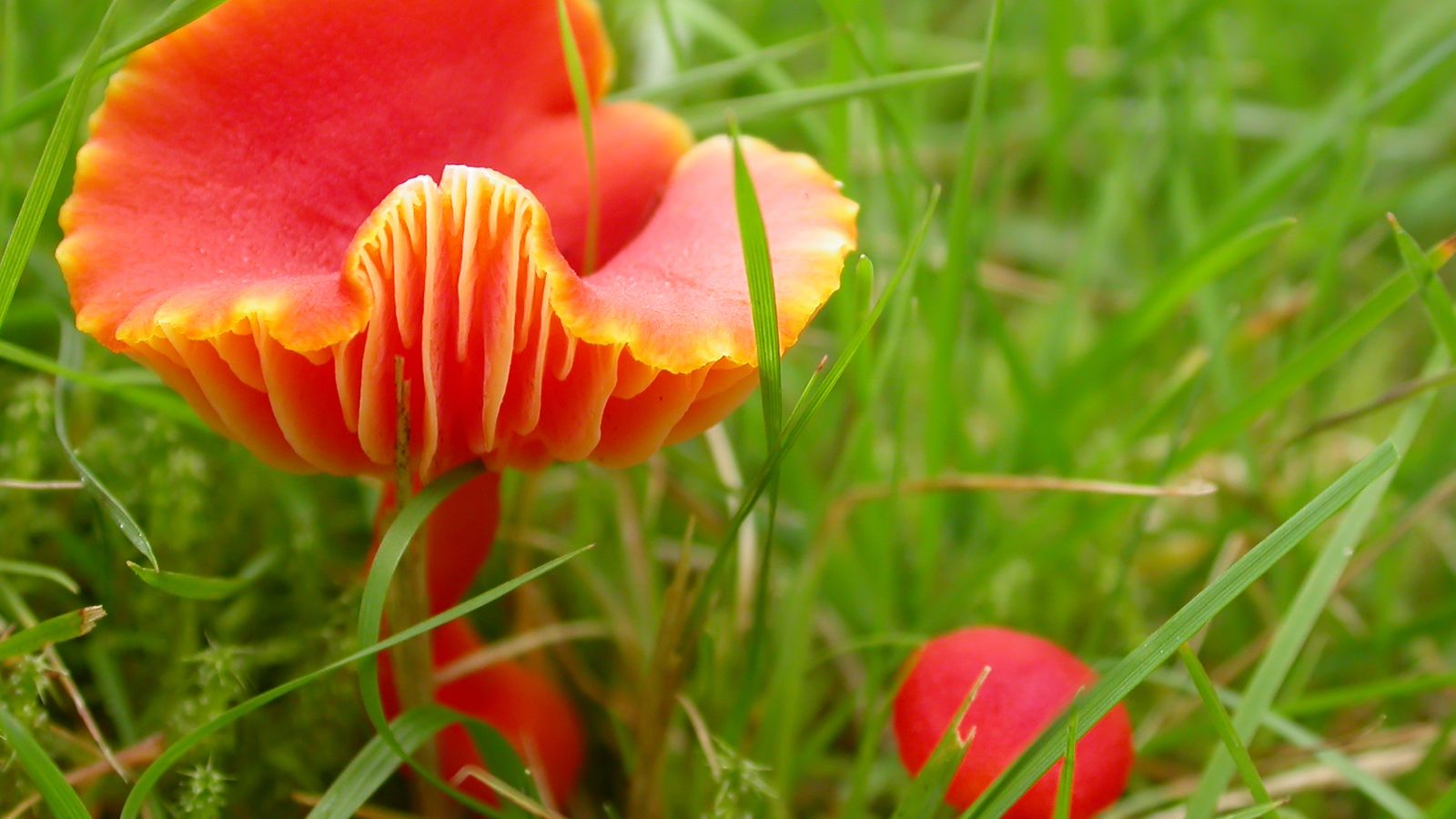Spotting waxcap fungi could help protect the environment, nature charity Plantlife says.
People are being asked to report sightings of the colourful fungi so that experts can identify forgotten patches of old grassland which can then be ear-marked for protection.
The UK has some of the most important waxcap grassland in the world, and more than half of waxcap fungi are in Wales and Scotland.
But waxcaps and other grassland fungi are becoming rarer because they don’t do well on intensively-farmed land.
Waxcaps are often bright red, orange, or pink, and can be seen in meadows, lawns, and graveyards during the autumn, providing a good indicator of undisturbed grassland habitat.
Undisturbed grassland is important because it stores a third of the world’s land-based carbon.
Old areas with lots of different species have significantly more land-based carbon than those with few species or monocultures.
Prince Andrew: Sexual assault allegations ‘baseless’, Duke of York’s lawyer says in hearing
Boris Johnson’s mother Charlotte Johnson Wahl dies aged 79
COVID-19: Two-thirds of travel firms plan job cuts when furlough ends, industry body warns
But the UK has lost 97% of its traditional meadow and grassland habitat, which now covers less than 1% of the country’s land area.
Plantlife’s Dave Lamacraft said: “It took 6,000 years to create the ancient, species-rich grassland for which the UK is globally famous, and we must do everything we can to protect, restore and cherish what remains.
“We can’t overlook this vital habitat as a key contender in the fight against climate change with its carbon-locking ability, but we need to know where the missing pieces are first.
“The fungi kingdom is lending us a helping hand this autumn by lighting up the forgotten pockets of our grasslands – quality remnants potentially unchanged and untouched for hundreds and hundreds of years and which need our protection.”
Plantlife said there were hundreds of sightings reported last year, and the WaxcApp is available for reporting more sightings this year.
Sam Bosanquet, from Natural Resources Wales, which is a principal partner and funder of the project, said: “We thought we had a good record of Wales’ grassland fungus diversity after more than 25 years of wide-ranging surveys, but WaxcApp users have found nearly 40 previously unknown sites for the Pink Ballerina Waxcap, a lovely fungus which, like other waxcaps, is a fantastic indicator of old undisturbed grassland.
“This will help government to protect these grasslands and to work with partner organisations like Plantlife to provide advice to land managers on how to look after them.”
To take part and to download the WaxcApp, visit Plantlife’s website






















